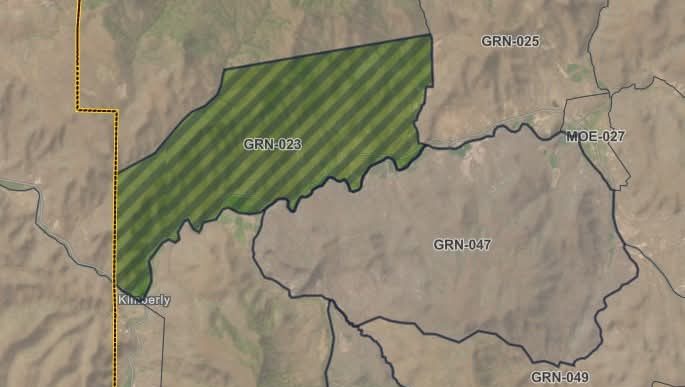Conditions still ripe for more Northwest wildfires
Published 5:30 pm Wednesday, August 25, 2021
A long and grueling wildfire season across the Pacific Northwest isn’t over yet.
Trending
Conditions remain good for more blazes in parts of Oregon and Washington suffering from extreme drought, said Ian Rickert, regional fire management planning specialist for the U.S. Forest Service and Bureau of Land Management.
Rickert was one of eight panelists representing state and federal agencies during a virtual wildfire briefing on Aug. 25. His presentation emphasized how continued dry weather may contribute to a rapid spread of new fires, especially along the Cascade Range into eastern Washington and southern Oregon.
“The most pronounced effect is the amplified drying we see in forested systems,” Rickert said. “It stresses the trees, which decreases fuel moisture. They support combustion easily.”
Trending
As of Aug. 24, some 2,933 fires have burned 909,387 acres in Oregon and Washington, according to the National Interagency Fire Center. That is less than the 1.9 million acres burned at this time last year, but more than the 10-year average of 890,063 acres.
Recent wetting rains in northern Washington and northeast Oregon have helped to moderate wildfire conditions in those areas, Rickert said.
However, parts of the Cascades and southwest Oregon have not seen any measurable precipitation for more than 70 days, increasing the probability of active fire behavior.
Several large fires continue to burn along the densely forested western slope of the Oregon Cascades, including the Bull Complex in the Mount Hood National Forest near Detroit; the Middle Fork Complex in the Willamette National Forest southeast of Eugene; and the Jack Fire in the Umpqua National Forest east of Roseburg.
“Should we get weather events that result in high winds, instability and high temperatures, we can expect these fires to show active, if not aggressive, fire behavior,” Rickert said. “It will take a substantial precipitation event for conditions to really improve.”
Dry easterly winds can also amplify fire behavior, Rickert said — as happened last Labor Day in western Oregon, which contributed to multiple conflagrations that quickly overwhelmed firefighters and forced entire communities to evacuate.
Forecasts do call for light to moderate easterly winds the weekend of Aug. 28-29, though Rickert said it was “in no way, shape or form” comparable to the disastrous 2020 firestorm.
Darron Williams, regional fire management officer for the Bureau of Indian Affairs, said firefighting resources are spread thin as crews battle large fires in other parts of the West.
The National Interagency Fire Center is currently at Preparedness Level 5, with at least 80% of all fire management teams around the country now deployed. The center reports 92 large fires burning 2.5 million acres in 13 states.
“That, in fact, has created a drawdown of firefighting resources,” Williams said.
On top of that, agencies are contending with a rise in COVID-19 cases at fire camps and facilities due to the spread of the delta variant.
Alex Robertson, regional director of fire, fuels and aviation management for the Forest Service, said they are seeing an uptick in cases among firefighters, though it has not significantly impacted their presence on the fire lines.
“What we have been able to do is keep them isolated to small numbers,” Robertson said. “Overall, it hasn’t really affected our workforce to a large extent.”
The first priority for firefighting remains catching new fires while they are still small to prevent them from becoming major incidents, Robertson said.
Forest thinning projects are also crucial for lowering fire intensity and allowing spaces where crews can safely make a stand, he added.
Doug Grafe, chief of fire protection for the Oregon Department of Forestry, said creating fire-resilient landscapes is part of the National Cohesive Wildland Fire Management Strategy. He said that work will continue heading into the fall and next spring.
“Those treatments have been highly effective,” he said, especially using prescribed fire as a management tool. “That’s a critical component for us to be successful.”









